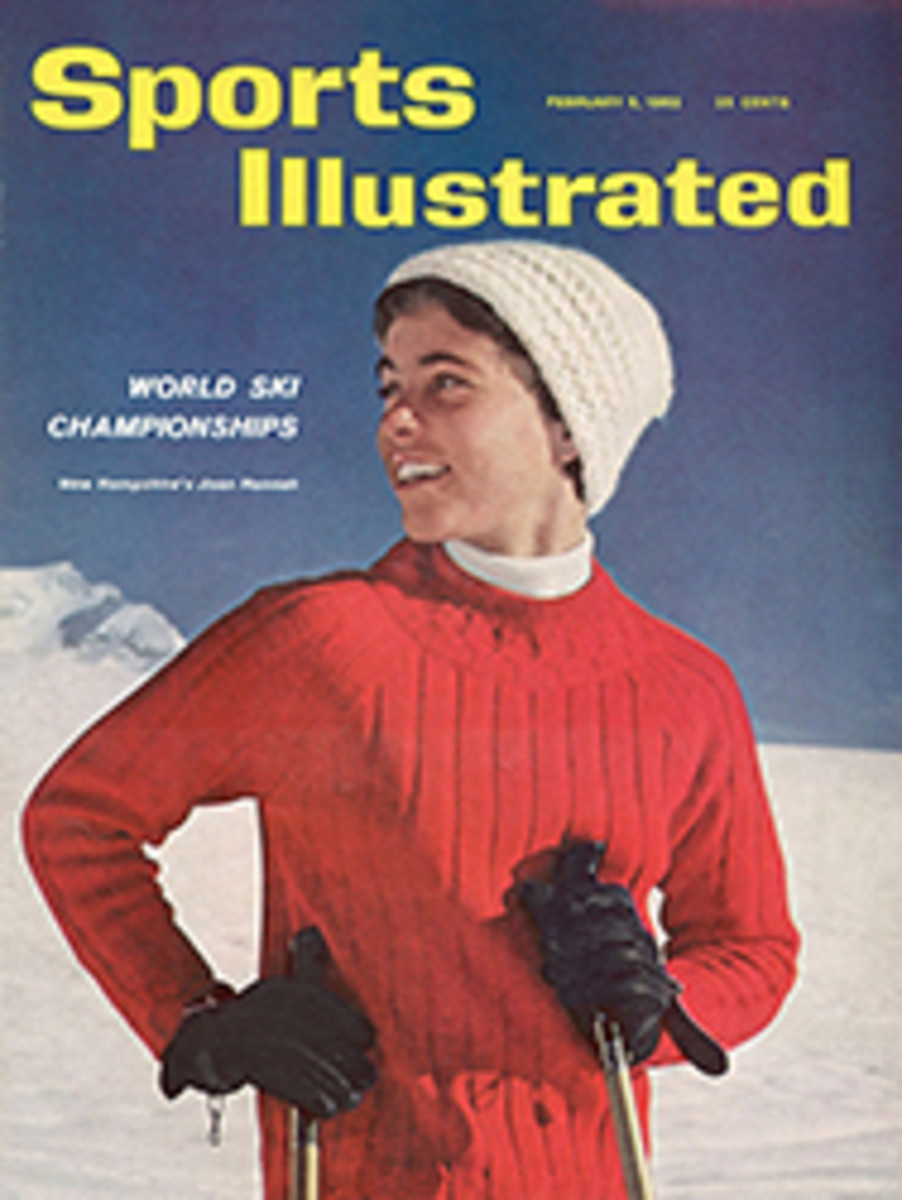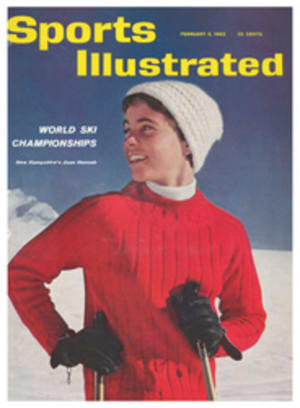
The Bitter Bird man
Seven years after Kitty Hawk, in December 1910, one of the nation's first aviation meets was held in Los Angeles. Called the Olympics of the air, this all-star flying carnival featured the crack Wright and Curtiss exhibition teams. But on the final day of the competition the crowd's attention shifted to a nerveless 23-year-old ex-balloonist named Lincoln Beachey, who was making his heavier-than-air debut in a patched-up crate that had crashed earlier that month.
As young Beachey climbed to gain altitude, the prop blade suddenly sheared free of its mounting, and his propeller-less plane whipped into a dive. Beachey calmly cut the engine and expertly glided the plane toward a cluster of thickly branched trees, depositing it on the top of a giant oak as neatly as a toy doll is placed on a pillow.
Impressed by Beachey's skill, Glenn Curtiss immediately added him to the official exhibition team—and the fateful flying career of the young man who would soon be called the king of the sky was started.
Actually, Lincoln Beachey was already a veteran airman by 1910. He grew up in San Francisco, and upon reaching his teens, at the turn of the century, he put his early mechanical interests to practical use by supplying bicycle motors to local residents who were reluctant to pump up the city's steep hills.
Balloon ascensions fascinated Beachey. His imagination was stirred by the accomplishments of Germany's Count Ferdinand von Zeppelin. By 1902 Beachey had constructed an airship of his own—an odd, cigar-shaped balloon powered by a small one-cylinder engine and guided by the young aeronaut's weight on the plank catwalk suspended beneath it. At 17, Beachey turned pro. A few years later, in a Baldwin dirigible, he became the first balloonist to circle the Capitol dome in Washington.
Deserting the ponderous gas bags in 1910, Beachey persuaded Glenn Curtiss to teach him to pilot a heavier-than-air machine, since he felt certain that his future lay with stunt flying.
The underpowered wood-and-canvas planes in this raw pioneering era were incredibly dangerous by modern standards. The pilot usually sat completely exposed to wind and weather at the extreme forward end of his craft, just ahead of the engine, grasping a wheel mounted atop a thin metal column. A pull or a push regulated the rate of climb, and stunting required steady nerve as well as a keen "seat-of-the-pants" air feel.
Death-be-damned tricks
Beachey awed fairground crowds with his death-be-damned specialties: the vertical drop, spiral climb, ocean roll—and he was soon earning more than SI,000 a week with his daredevil sky tricks. In June of 1911 he won nationwide publicity by successfully flying under the suspension bridge at Niagara Falls. He perfected his dive of death, in which he would kill his engine and aim straight at the earth, leveling off at the last possible second for a perfect landing. He hedge-hopped freight trains, by letting his tires tap the roof of every third car. He snared lace handkerchiefs from the ground with hooks fastened to the wingtip of his Curtiss plane and when he bluntly said, "Give me enough power and I'll fly a barn door upside down," no one doubted him.
Egocentric and withdrawn, a small, antisocial man of deep-rooted prejudices, Beachey detested the crowds who provided his fabulous income. "They want my blood," he bitterly declared, "and they'd tear me and my plane apart if they got the chance." He had seen the crushed body of more than one aviator stripped for gruesome souvenirs, and Beachey harbored no illusions as to his popularity. He would often dive on open grandstands, skimming so low that spectators were forced to duck for cover.
Stubbornly refusing to affect the scarf, leather helmet, puttees, cavalry pants and ornate boots worn by the usual sky hero, he dressed in dark, pin-striped suits topped by a modest tie and checked golfing cap (which he would reverse with a flourish just before a takeoff). He neither drank nor smoked, but he was notorious for his cross-country amours.
Fiercely attached to flying, he nonetheless announced his retirement on May 12, 1913. He gave as his reason the number of young pilots who had been killed "trying to pull a Beachey." Each death was an individual weight on his conscience ("I'll no longer stand accused of leading others to death").
Six months later he was lured back into the sky by the news that Adolphe Pégoud had achieved a loop-the-loop over France. Beachey swore that he would become the first American aviator to match this feat. He not only matched Pégoud's single loop-the-loop; he incorporated a series of loops into his daredevil act. With BEACHEY painted in huge red letters across the wing of his plane, he once electrified fairgoers by looping up to 80 times in a single afternoon. (His fixed price: $500 for the first loop; $200 for each additional one, cash in advance.)
On March 14, 1915, now limping because of injuries in his many crashes, he attached a Gnome rotary engine to his own stripped version of the German Taube pursuit plane and roared into the California sky. It was Beachey Day at the Panama-Pacific Exposition in San Francisco. The crowd watched him complete a graceful loop, then gasped as he put the small plane into his famous dive of death.
This time it was. The force of the screaming 3,000-foot plunge peeled the wings from his plane. Man and machine disappeared into the cold waters of San Francisco Bay. Lincoln Beachey, America's moody sky king, had completed his last flight.
PHOTO
NATTILY DRESSED, WITH GOLFING REVERSED, BEACHEY PREAPARES FOR TAKEOFF

